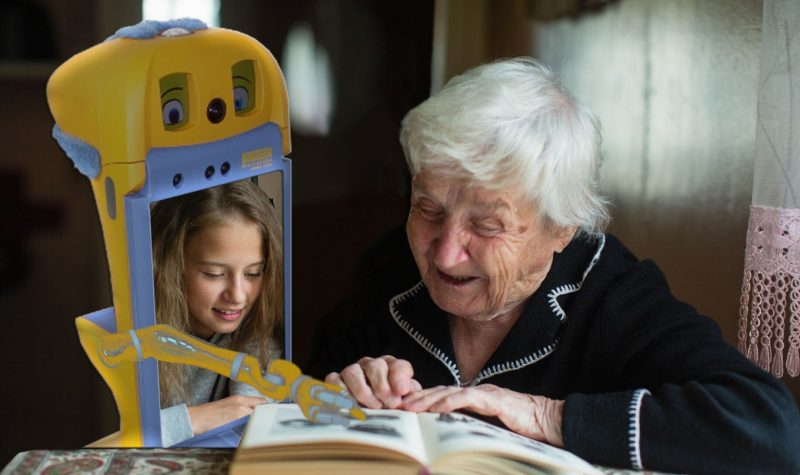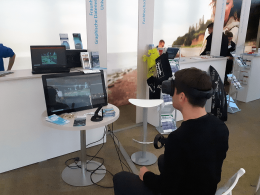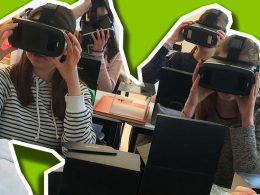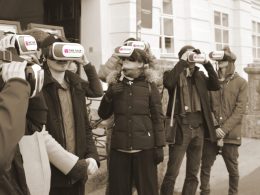With increasing age and in times of social distancing, it is becoming increasingly difficult to maintain human contact. The CO-HUMANICS project at TU Ilmenau is tackling this problem using robotics and augmented reality.
Older people are increasingly struggling with loneliness. And in times of the coronavirus pandemic and social distancing, it is becoming even more difficult for older people to socialise with other people at all. This can have a huge impact on mental health.
Projected into grandma's living room
TU Ilmenau wants to tackle this problem using augmented reality (AR) and robots. Over the next five years, researchers working on the CO-HUMANICS project will develop modern methods that project people from outside the home, such as carers, doctors or family members, into the elderly person's surroundings.
This AR is intended to make the people connected appear much more present than would be the case with video calls, for example. At best, it should almost feel as if the person is really there.
The researchers initially want to realise their vision using AR glasses. They would allow senior citizens to perceive their own surroundings, but at the same time see the projected person. So we could actually sit at the table with grandma as a projection and have a chat.
"The inspiration for this was the Jedi round from Star Wars, the way they all sit together and talk," says Prof Alexander Raake, Head of Audiovisual Technology at TU Ilmenau.
Do not replace contact, but improve it
This co-presence is not intended as a substitute for real human contact. The interdisciplinary research team at Ilmenau University of Technology and the Thuringian Centre for Learning Systems and Robotics want to enable older people to improve existing contact with familiar people across distances.
But talking alone is not always enough. Sometimes you also need a helping hand. This is why a technical assistance system is to be provided for older people. For example, the robot should be able to help with the operation of technical devices. This robot should also be able to see the face of the person they are talking to.
The researchers' vision is for older people to be able to communicate better with their loved ones and receive help with everyday activities through the interaction of augmented reality and robotics.
Source: mdr









